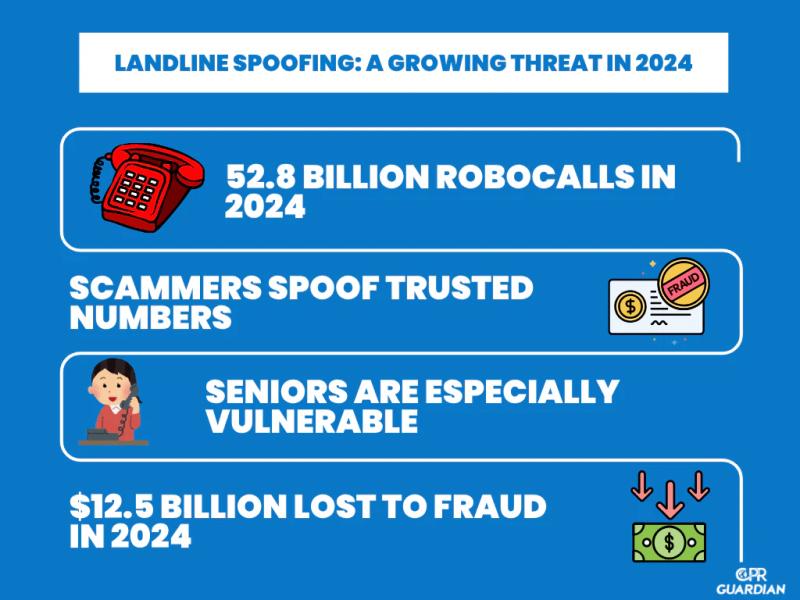Summary
Wearables arent one-size-fits-all.
Cloud cover. Oura CEO Tom Hale believes the smart ring is one node in a cloud of wearables, where devices and sensors form the input layer of preventative health.
Strategic shift. Speaking at a recent event, Hale hinted at Ouras opportunity to build a Persona…
Source: Fitt Insider

AI News Q&A (Free Content)
Q1: What are the unique features of the Oura Ring that distinguish it from other wearable devices?
A1: The Oura Ring, developed by Oura Health Ltd, is a smart ring designed to track sleep, physical activity, and other health metrics. Unlike other wearables, it focuses on providing detailed insights into the user's sleep patterns, recovery, and overall wellness. With its compact form and advanced sensors, it offers features such as heart rate monitoring, body temperature measurement, and readiness scores, making it a unique node in the cloud of wearable health technology.
Q2: How has the Oura Ring contributed to advancements in wearable technology for health monitoring?
A2: The Oura Ring has played a significant role in advancing wearable health technology by integrating sophisticated sensors in a sleek design. It allows for continuous health monitoring, offering users insights into their sleep quality, activity levels, and readiness for the day. This capability is instrumental in preventive health care, aligning with the vision of creating a comprehensive cloud of wearables that collectively enhance health outcomes.
Q3: What are the potential applications of wearable technology in healthcare, and how do they impact patient outcomes?
A3: Wearable technology in healthcare has diverse applications, including monitoring vital signs, tracking physical activity, and detecting early signs of medical conditions. These devices can improve patient outcomes by enabling real-time health data collection and analysis, leading to timely interventions. For instance, continuous monitoring devices can alert healthcare providers to irregularities in a patient's health, facilitating early diagnosis and treatment.
Q4: What are the challenges faced in the adoption and sustained use of wearable health technologies?
A4: Despite their potential, wearable health technologies face challenges such as user engagement, data privacy concerns, and technological limitations. Studies indicate that while many users initially adopt wearables for health tracking, long-term usage declines due to factors like lack of motivation, perceived complexity, or insufficient integration into daily routines. Addressing these issues requires improving user experience, ensuring data security, and enhancing the interoperability of devices.
Q5: How does the latest research suggest overcoming barriers to wearable health technology adoption?
A5: Recent research suggests that personalized recommendation systems could enhance the adoption of wearable health technologies. By tailoring device recommendations based on individual health risk profiles and preferences, users can receive more relevant and actionable insights from their wearables. This approach, augmented by machine learning and data analytics, aims to align the capabilities of wearables with user needs, potentially increasing sustained engagement.
Q6: What are the implications of wearable technology for the future of preventive health care?
A6: Wearable technology holds significant implications for the future of preventive health care by enabling continuous health monitoring and proactive management of health conditions. As these devices become more widespread, they provide healthcare professionals with valuable data to identify health trends and potential risks earlier, allowing for timely interventions. This shift towards real-time, personalized health management has the potential to reduce healthcare costs and improve overall health outcomes.
Q7: In what ways can wearable health technologies be integrated into traditional healthcare systems to enhance patient care?
A7: Integrating wearable health technologies into traditional healthcare systems can enhance patient care through improved data accessibility and patient-provider communication. Wearables can provide continuous health data that complements standard clinical assessments, offering a more comprehensive view of a patient's health. This integration can facilitate personalized treatment plans, improve patient engagement, and support remote monitoring, ultimately leading to more effective and efficient healthcare delivery.
References:
- Oura Health
- Wearable technology
- HealthAdvisor: Recommendation System for Wearable Technologies enabling Proactive Health Monitoring
- Different Stages of Wearable Health Tracking Adoption & Abandonment: A Survey Study and Analysis
- Integrating a Multimodal Digital Device for Continuous Perioperative Monitoring in Patients With Lung Cancer Undergoing Thoracic Surgery: Development and Usability Study




